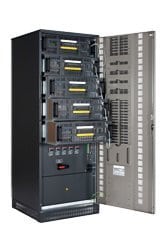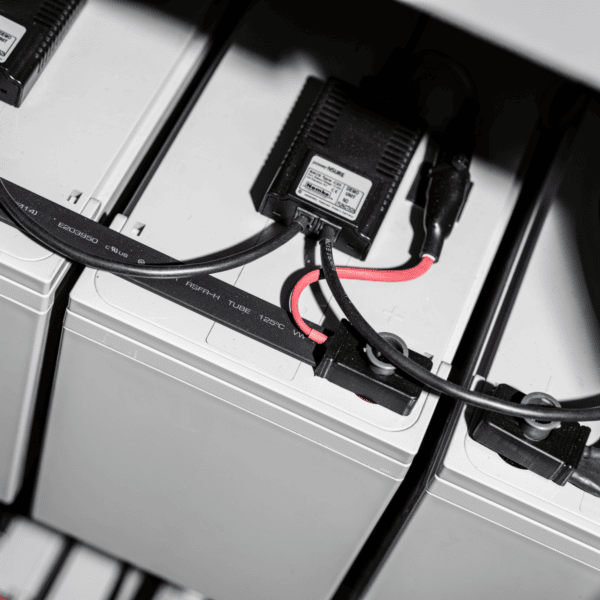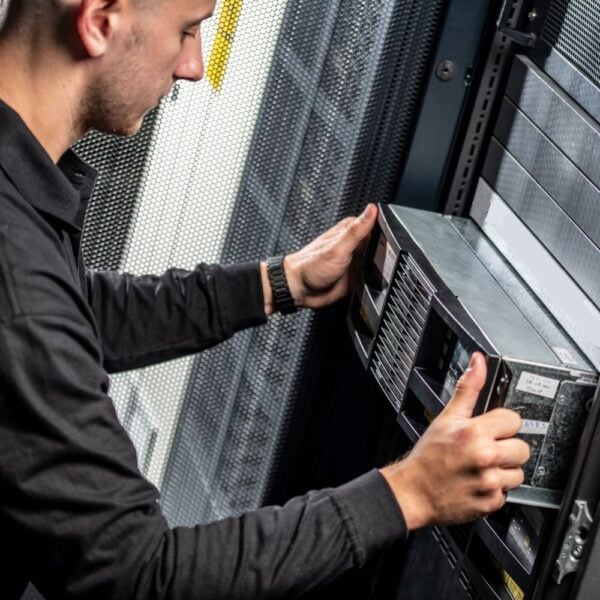Facilities such as data centres have three major contributors to their power consumption – the IT load, the cooling system and the UPS. In the past, the spotlight has been on cooling systems, which have been recognised as inefficient. However the situation has changed; cooling system efficiency has greatly improved, so now the opportunity for energy saving is based on improving UPS efficiency.
The first step is to invest in a modern, transformerless UPS system. Because UPS systems almost always include built-in redundancy to improve resilience, while data centres often operate at partial capacity, UPSs typically operate on a 40-50% load At this level, a transformerless system can provide up to 96% efficiency, while a transformer-based implementation could be as low as 91% efficient. Transformerless systems also reduce reactive load through reducing input power factor and THDi.
Next, choose a transformerless UPS system with modular topology such as the PW 9000DPA. This allows capacity changes down to ±10kVA, allowing the UPS to remain rightsized to the facility load, even if it is much lower than expected. Efficiency is optimised, while these small increments also allow N+1 redundancy with minimal excess UPS capacity. All energy savings made are amplified by corresponding reductions in cooling energy requirements.




